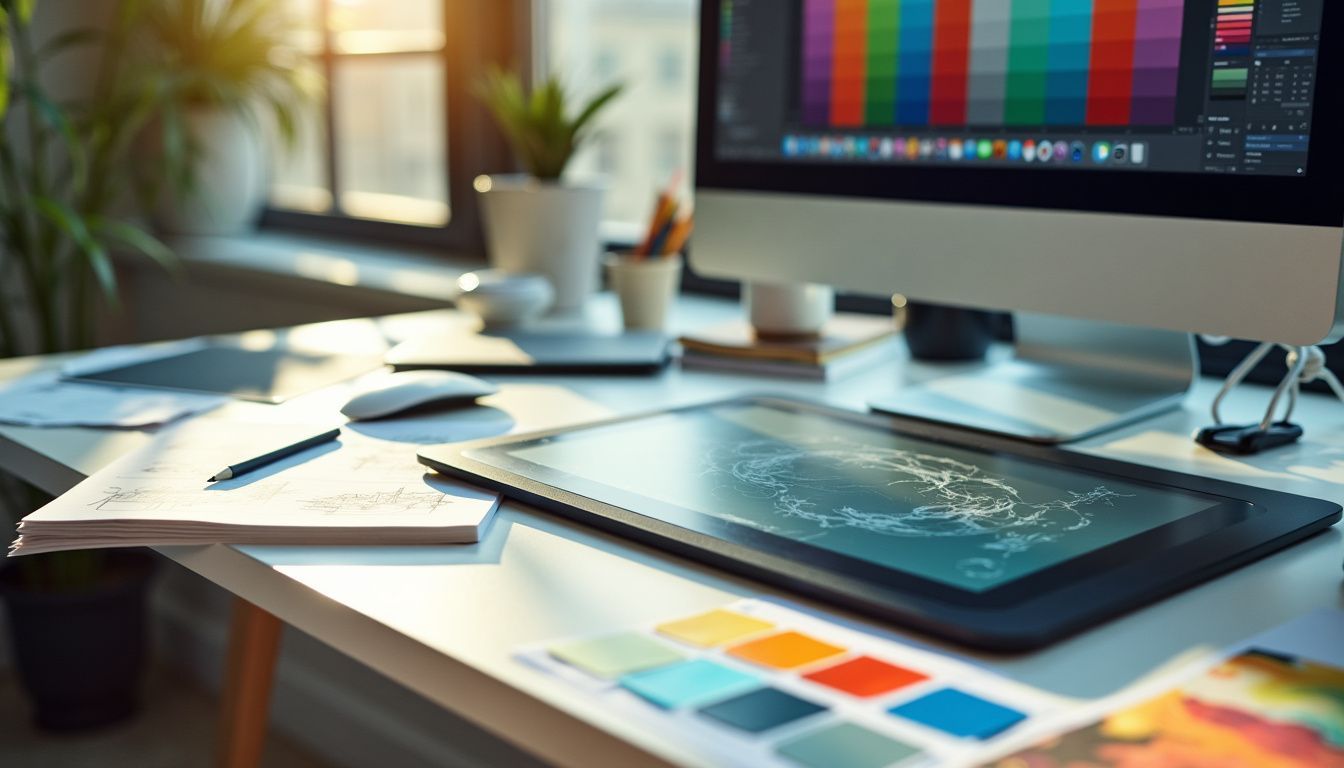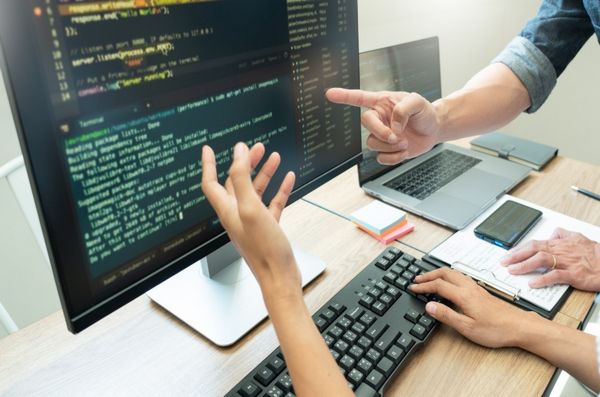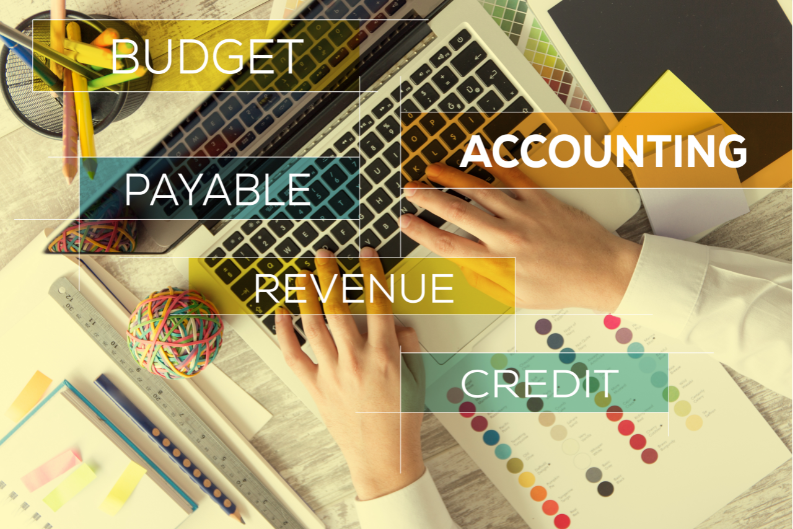Finding the right graphic designing tools can be tough for many designers. Did you know that mastering essential software is key to success in this field? This blog will guide you through the top tools every graphic designer should master.
Keep reading—you’ll find it helpful!
Essential Software for Graphic Design
Graphic designers need the right software tools. These programs help create stunning visuals and layouts.
Mastery of Adobe Photoshop
Adobe Photoshop is key for graphic designers. It helps create and edit images with ease. Designers can use layers, filters, and other tools to enhance photos or create new designs from scratch.
Photoshop also allows for detailed color adjustments and retouching. Beginners should start with basic features like cropping and resizing. Experts can explore advanced techniques such as masking and blending modes.
Invest time in mastering Photoshop through tutorials and practice. This skill will boost your work quality and speed up your design process.
Utilizing Adobe Illustrator
Adobe Illustrator is a must-have for any graphic designer. This powerful tool lets you create all kinds of vector art. You can design logos, icons, and illustrations with ease.
Illustrator stands out because it uses paths instead of pixels. This means your artwork stays sharp no matter the size. Mastering tools like the Pen Tool and Shape Builder will make your designs pop.
Invest time to learn shortcuts; they save loads of time! A graphics tablet works well with Illustrator for smooth lines and precise control.
Skills in Adobe InDesign
Learn to use Adobe InDesign for creating layouts. This tool is great for magazines, brochures, and books. Mastering text styles helps you design beautiful pages fast. Use grids and guides to keep everything neat.
CorelDRAW Techniques
CorelDRAW is great for vector graphic design. Use the Pen tool to create smooth curves. Adjust nodes and handles for precise shapes. The Shape tool helps tweak your designs easily.
Combine text with images using the Text tool. Apply effects like drop shadows and gradients to make your work pop. Color palettes in CorelDRAW offer a wide range of choices, making color selection easy and fun!
Proficiency with Affinity Designer
Affinity Designer is a powerful tool for graphic designers. It offers vector and raster design options in one app. This makes it perfect for various projects like logos, branding, and illustrations.
You can use Affinity Designer on both Mac and Windows. It’s also cheaper than many other design tools. Beginners will find the interface user-friendly and easy to learn. Explore this software to boost your design skills!
Tools for Web and UX Design
Web and UX design tools help create smooth and engaging user experiences. These tools offer features to design, test, and refine websites and apps. ensuring they meet users’ needs.
Designing with Figma
Figma is a top tool for web and UX design. It allows you to create, share, and test designs in one place. Many designers choose Figma because it runs in the cloud. This means you can access your work from any computer.
You can easily collaborate with team members on Figma. Everyone sees updates in real-time, which saves a lot of time. You also get useful features like vector networks and smart selections to speed up your workflow.
Creating with Sketch
Sketch is a powerful tool for graphic designers. It helps design user interfaces and prototypes. Many designers like Sketch for its simple layout and easy-to-use features.
You can create complex designs quickly with Sketch. Use symbols to make reusable elements, saving time on repeat tasks. This software also offers many plugins, adding extra tools to fit any project need.
Experience with Adobe XD
Adobe XD is great for creating web designs. It helps designers make prototypes quickly. You can test your designs with it before coding starts.
Many professionals use Adobe XD alongside Figma and Sketch for its ease of use. You can share work with clients, get feedback fast, and improve the design easily.
Tools for Illustration and Art

Every designer should know how to draw and paint digitally. Great tools can bring your art to life easily. Making it vibrant and unique!
Drawing with Procreate
Drawing with Procreate makes digital art fun and easy. This tool is perfect for sketching, painting, and creating detailed artwork right on your iPad. Use the Apple Pencil to draw smooth lines and add fine details.
Procreate has many brushes that imitate real-life tools. You can try pencils, inks, or even watercolors. Save time with its features like layers and undo history. These help you manage your work better while keeping it neat.
Painting with Krita
Krita is a great tool for painting. It’s free and powerful. Many artists use Krita for digital art.
You can create stunning paintings with Krita’s brushes. The software has over 100 different brushes to choose from! It also supports layers, which help you keep your work organized.
Use Krita on a laptop or desktop computer—both work well.
Designing with Inkscape
Inkscape is a free graphic design tool. It’s great for vector graphics and illustrations. Many designers use it to create logos, icons, and web graphics.
You can draw with ease using Inkscape’s simple tools. Shape tools help you make circles, squares, stars, and more. You can also edit paths by nodes for precise designs. The software supports different file formats like SVG, AI, EPS, PDF, PS, and PNG.
Advanced Photo Editing Tools
Advanced Photo Editing Tools: Level up your photo edits with powerful tools that offer precision, creativity, and style… discover how they can transform your work!
Editing with Adobe Lightroom
Adobe Lightroom helps you edit photos fast. Adjust light, color, and tone with easy sliders. Many graphic designers use it to improve their work.
Lightroom offers tools for cropping, straightening, and removing spots. It saves edits automatically so your work stays safe. This makes it a key tool for any designer’s kit.
Manipulating Images in GIMP
GIMP is a free tool for editing photos. It offers many features similar to Adobe Photoshop. Designers can use GIMP to crop, resize, and adjust colors in images.
Graphic designers should learn how to use layers in GIMP. Layers help make complex edits easier by keeping parts of the image separate. This tool also supports plugins to add more functions as needed.
Enhancing Photos with Pixlr
Pixlr is a great tool for photo editing. It is free and easy to use. You can quickly adjust brightness, contrast, and colors. Pixlr offers filters that make your photos look professional.
The software works well on both computers and mobile devices. This makes it handy for edits on the go. Many graphic designers love Pixlr because it’s powerful yet simple to learn.
Typography and Layout Essentials
Typography and layout are key to making designs pop. Learn the best tools to create stunning visuals and organized layouts.
Layout Design in QuarkXPress
QuarkXPress is great for layout design. It helps create brochures, magazines, and books easily. Many designers love its precision and control.
You can manage text, images, and colors all in one place. This saves time! QuarkXPress also supports many formats like PDFs. Plus, it works well with other tools in your workflow.
Creating Visuals with Canva
Canva is a great tool for graphic designers. It helps create quick visuals with ease. Canva offers many templates and designs. You can drag and drop elements to make stunning graphics.
Even beginners can use Canva without any struggle. It’s perfect for making social media posts, flyers, and more. Save your projects in different formats like PNG or PDF. Explore its free tools to see what you can create!
Design Projects with Visme
Visme helps you make stunning visuals. It is great for presentations, infographics, and social media posts. Graphic designers find it easy to use with its drag-and-drop tools.
Use Visme for quick design projects. You get access to many templates and icons. The platform also supports team collaboration, making it simple to share and edit designs in real time.
Collaboration and Management Tools for Designers
Graphic design often requires teamwork. Use these tools to communicate better and keep projects on track.
Communicating with Slack
Slack helps designers talk to each other easily. You can send messages, share files, and create different channels for projects. It’s a great way to keep everyone on the same page.
You can also use Slack for quick feedback on your work. Simply share your design in a channel and get responses fast. This helps you improve faster and stay connected with your team.
Organizing with Trello
Trello helps keep projects on track. It uses boards, lists, and cards to organize tasks. Create a board for each project. Use lists to represent different stages of the work.
Add cards for individual tasks across these lists. Each card holds details like due dates and files. This way, designers know what to do next. Trello also allows team members to comment and attach documents directly to each card, making collaboration easy and organized without cluttering email inboxes.
Project Coordination with Asana
Asana helps you keep track of tasks. You can set deadlines and assign jobs easily. This tool is great for teams because everyone knows what to do next.
You can also attach files and leave comments. This keeps all your ideas in one place. It’s easy to use, which means less time figuring it out and more time designing.
Essential Hardware for Graphic Designers
Essential Hardware for Graphic Designers: Choose the right tools for your workspace to boost creativity and efficiency… read more!
Choosing a Graphics Tablet
A graphics tablet is a key tool for any graphic designer. It makes drawing and editing much easier and more precise. Wacom, Huion, and XP-Pen are popular brands to choose from. Look for one that fits your budget but also has good reviews.
Choose a tablet with a high-resolution screen if possible. This helps in seeing fine details while you work. A stylus is also important. Make sure it feels comfortable in your hand and offers pressure sensitivity for better control of your lines and strokes.
Selecting a High-resolution Monitor
A high-resolution monitor is important for graphic design work. Look for a monitor with at least 2560×1440 pixels. This helps you see fine details in your designs.
Check the color accuracy of the monitor, too. Monitors with IPS panels show true colors better than others. It’s good to have a larger screen, around 27 inches or more, for easy viewing and multitasking.
Setting Up an Ergonomic Workspace
A graphic designer needs an ergonomic workspace to stay healthy. Use a chair with good back support. Adjust the desk and chair height so your feet rest flat on the floor. Your eyes should be level with the top of your monitor.
Invest in a graphics tablet for digital drawing. Make sure it is at a comfortable angle. Using these tools helps you work longer without strain or pain. Comfort boosts creativity!
Conclusion
Graphic designers need the right tools to succeed. Mastering software like Photoshop and Illustrator is key. Don’t forget about web design tools like Figma, too. Having good hardware also helps a lot in making great designs.
Start with these essentials to build your skills and grow in your career!





